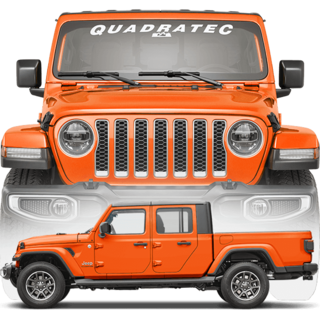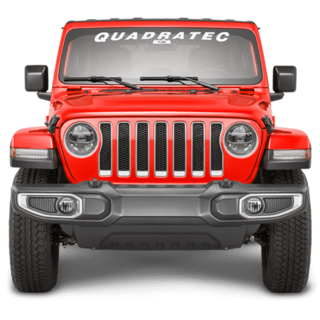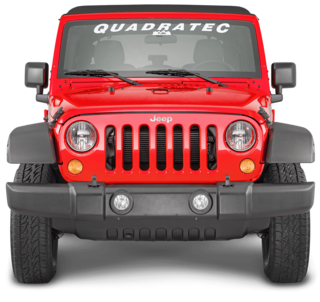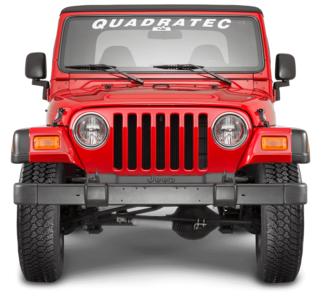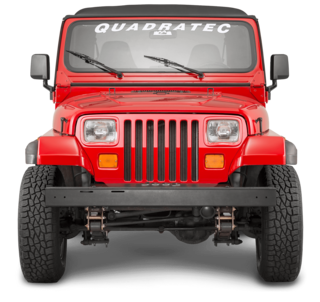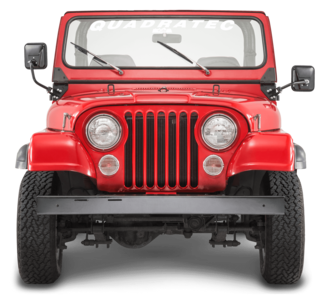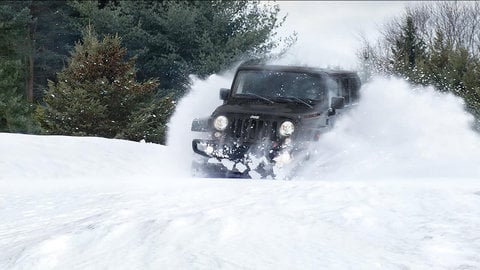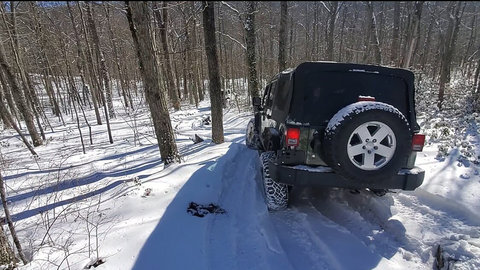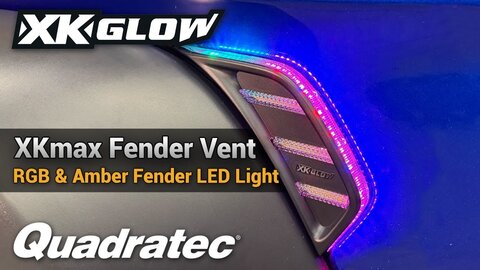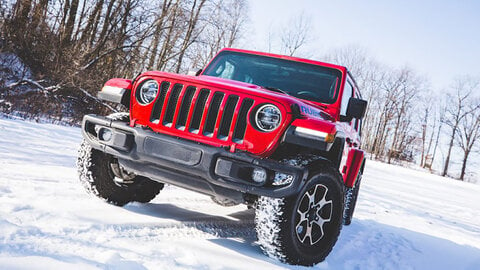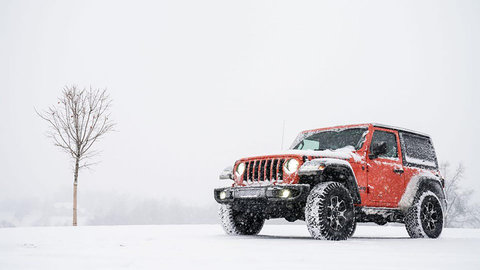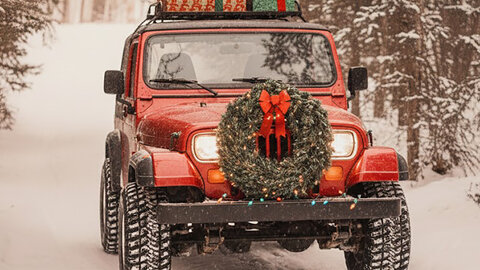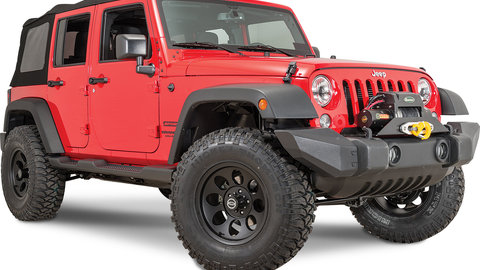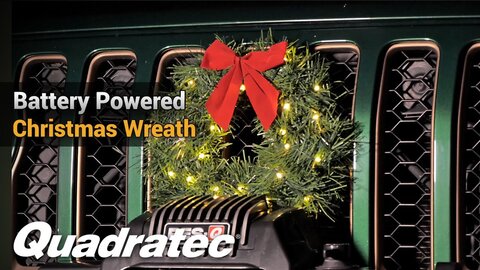by Matt Konkle
Managing Editor
When you own a Jeep, you are never stuck with just one top. And if yours came from the dealership with a soft top, or you bought it used with just some summer soft accessories like a bimini top and tonneau cover, you may be looking at replacing everything with a hardtop.
But with so many styles, features, and compatibility concerns, it’s not always clear which hardtop is the right fit for your Jeep—or your lifestyle.
Well, that’s why we put together this no-nonsense Q&A to answer the top questions every Jeep owner should ask before buying a hardtop. From maintenance tips to removal concerns, we've got you covered with real-world info that will help you make the right call.
What’s the difference between a hardtop and a soft top on a Jeep?
A hardtop is made of fiberglass or a composite material and offers superior insulation, noise reduction, and security compared to most soft tops on the market, which are made of vinyl or fabric. Hardtops are more durable and better suited for harsh weather, while soft tops are lighter, easier to remove and generally cheaper when it comes time for replacement.
Are Jeep hardtops compatible across different model years?
No. A hardtop’s compatibility depends on the Jeep’s model (Wrangler, Gladiator, etc.) and generation (e.g., JK 2007–2018 vs. JL 2018–present). Wrangler YJ, TJ, JK and JL, as well as Gladiator JT tops are not interchangeable due to differences in dimensions, mounting hardware, and rear windshield designs. That’s why you should always confirm your vehicle’s model and year before purchasing a Jeep hardtop.
What types of Jeep hardtops are available?
There are two main types, and they are dependent on the vehicle’s year. A 1-piece hardtop is one solid unit, and is found on Wrangler YJ and TJ models through 2006. A 3-piece modular hardtops includes two removable Freedom Tops above the front seats, along with a larger rear shell — allowing partial open-air driving without full removal. These are found on Wrangler JK and JL models, as well as Gladiator JT.
Some aftermarket variants offer a slanted rear section that resembles a fastback design for those looking to change up their Jeep’s appearance.
How difficult is it to install or remove a hardtop?
Without an aftermarket hoist system, it usually takes two (or more) people to safely remove most hardtops, simply because of the top’s weight (typically 100–140 lbs). Tools needed include a Torx wrench, and some models require disconnecting a wiring harnesses and washer fluid hoses.
Installing a hard top hoist system in a carport or garage does make the removal process easier and a one-person job, as the top can be secured by hoist arms while still on the vehicle, then lifted off with a hand crank.
Can I use my hardtop year-round?
Absolutely. Jeep hardtops are all-season friendly. They provide overall better protection in winter (insulation), summer (UV shielding), and rainy conditions (sealing). Some owners use them in winter and switch to soft tops in summer for flexibility and the ability to easily have an entirely open cabin depending on weather conditions.
How do I maintain and care for a Jeep hardtop?
A Jeep hardtop does not require constant handling, but there are some things to do that will help increase the top’s lifespan.
First, when dirty, wash with mild car soap and water—avoid abrasive cleaners. Next, check seals and weatherstripping every few months for wear, as worn or cracked seals can lead to leakage. Also, lubricate latches and hinges yearly to ensure proper functionality, and use UV-protectant spray on the top to prevent color fade. Finally, when you remove the top, make sure to store it properly — ideally on a padded rack or hoist system.
Do hardtops affect fuel economy or road noise?
Yes, although the difference isn’t overly significant. Hardtops improve aerodynamics slightly compared to soft tops, potentially helping fuel economy by a marginal amount. More importantly, they significantly reduce road and wind noise over most soft tops, making highway driving more comfortable.
What aftermarket features should I consider in a hardtop?
When researching aftermarket products for hardtops, things like roof racks or rails for cargo, interior insulation and sound-deadening kits, Freedom panel replacements like the Bestop Sunrider for Hardtop or clear panels like the QuadraTop Skylite are all great options. So are new weatherstripping kits for older hardtops, as well as replacement tinted glass windows, quick release hardware kits and the standard hinge or strut replacements.
Are hardtops more secure than soft tops?
Absolutely. Hardtops offer greater protection against theft and break-ins. The rigid shell and glass windows (often tinted and lockable) are far harder to penetrate than a zippered soft top. Of course, nothing is foolproof when it comes to deterring theft, but a Jeep hardtop is about as good as it gets at protecting things inside the vehicle when you are not around.
What’s the typical cost of a Jeep hardtop?
Prices range from $1,500–$3,000 for OEM (Mopar) tops, as well as up to $1,000–$3,500 for aftermarket options. On the used side, hardtops vary widely, often $800–$1,500 depending on condition and model. Remember to factor in shipping costs (size and weight) and installation fees if you’re not doing it yourself.
Can I carry cargo or mount accessories to a hardtop?
Yes, but you’ll need a reinforced roof rack system like a Rhino Rack or Yakima system. Also, not all hardtops are load-rated. For heavy loads like rooftop tents or kayaks, ensure the top has internal bracing, aftermarket or OEM crossbars and a load rating of at least 150–200 lbs. Avoid drilling unless the manufacturer approves—it can compromise waterproofing.
Is it legal to drive without a top or with just a hardtop’s front panels removed?
Yes—it’s legal, but there can be other restrictions depending on the state, or even county. Just about everywhere requires mirrors on street-legal vehicles (often mounted on the body, not doors). Additionally, seat belts must be used, and children must be properly restrained. Some states also require mud flaps or fender coverage if your tires stick out.
Related Articles:
Jeep Wrangler Hardtops Vs. Soft Tops

